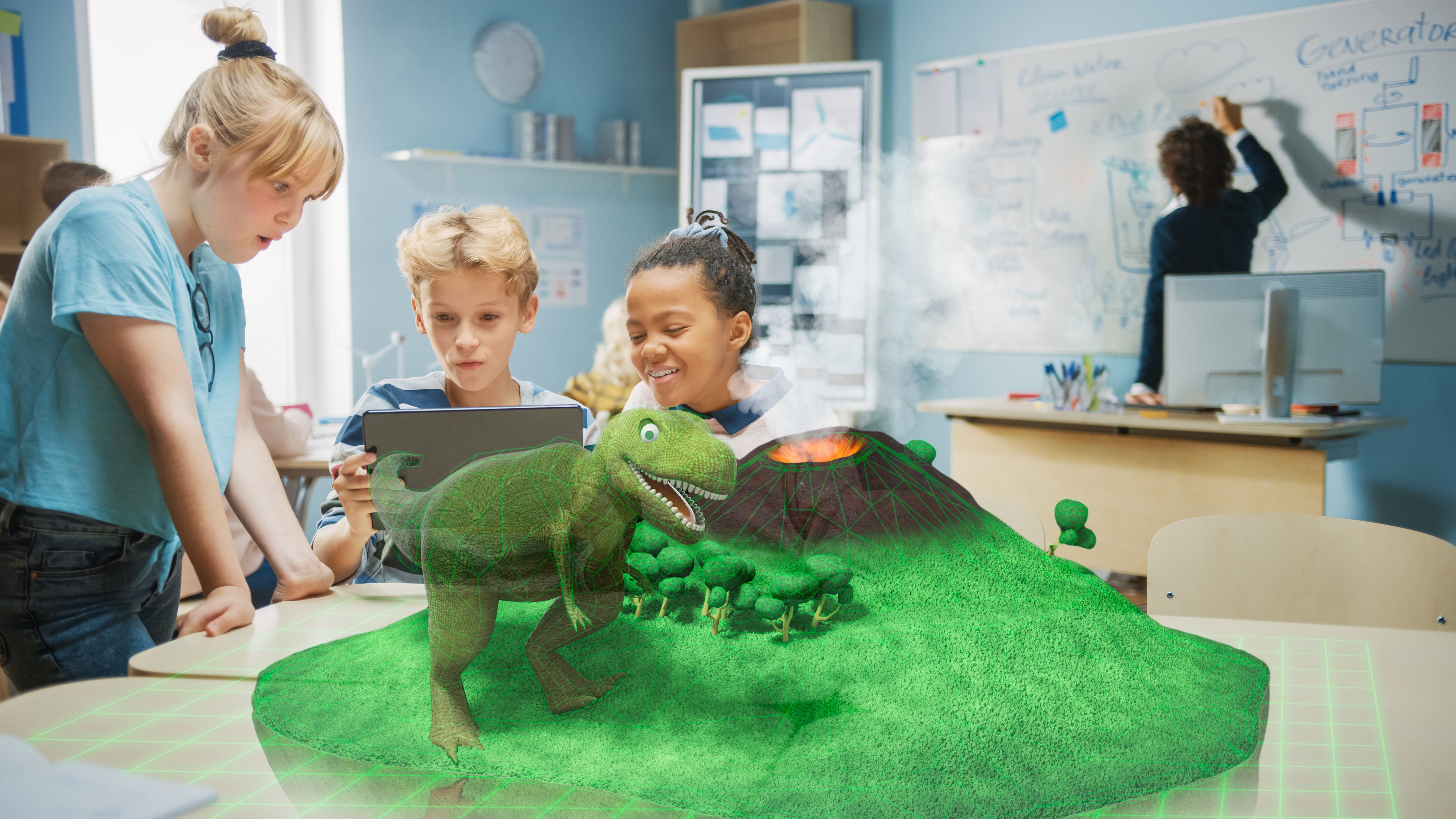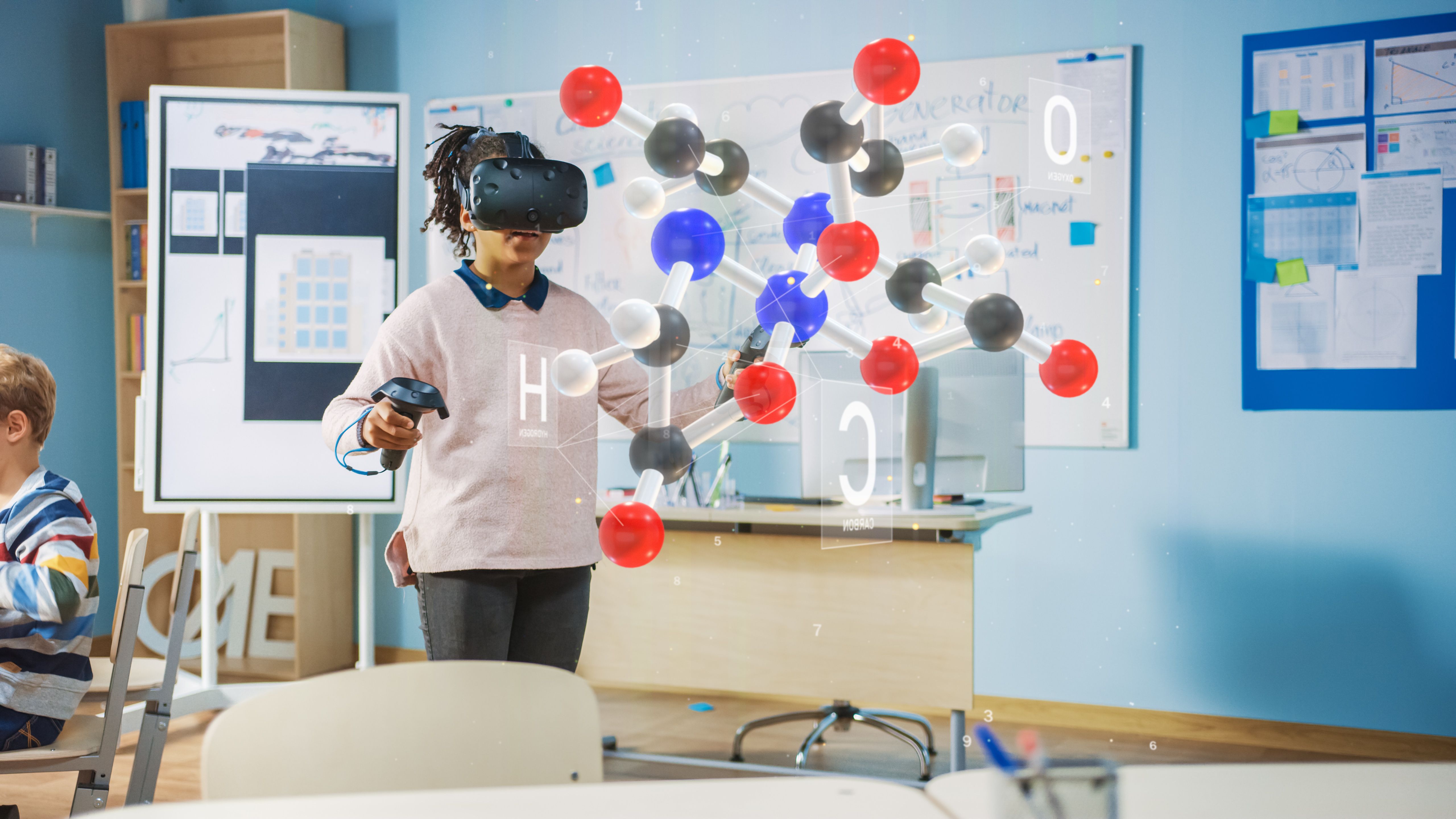As technology advances, so does the way we teach our students. Augmented and virtual reality are two immersive technologies that are quickly gaining popularity in the classroom. These technologies offer a variety of benefits to both teachers and students. This blog post will discuss the benefits of using immersive technologies in the classroom, mainly augmented and virtual reality, and some successful cases where they have been implemented. After reading this post, we hope you'll be inspired to introduce immersive technologies into your classrooms!
Immersive technologies: What You Need to Know Extended Reality
What are immersive technologies? Are virtual reality and augmented reality immersive technologies? What is extended reality? And what about mixed reality, which combines elements of both VR and AR?
And what about the 360-degree video, which doesn't strictly speak and offers a fully immersive experience but allows viewers to feel as though they're in the thick of the action? It's all a bit up for debate.
At its simplest, immersive technology is one that allows users to engage with a digital environment in a way that feels natural and intuitive. Virtual reality, for example, creates a simulated world that users can explore using their own body movements.
Augmented reality, on the other hand, overlays digital information in the real world, allowing users to interact with both physical and digital objects.
Furthermore, mixed reality takes this one step further by seamlessly blending the virtual and physical worlds, blurring the line between what's real and what's not.
What Are the Benefits of Using Immersive Technologies in the Classroom?
Immersive technologies are becoming increasingly popular in various settings, and the educational sector is no exception. Indeed, many educators are now exploring the potential of using immersive technologies in the classroom.
There are several potential advantages to using immersive technologies in education. Here we recap these benefits for you:
Immersive Technologies Can Help to Engage Students in Active Learning
Immersive technologies like AR and VR can help students engage in active learning by immersing them in the material. Students who actively engage in the material are more likely to pay attention and retain information.
VR can also be used to create simulated experiences that allow students to work together to solve problems, fostering collaboration.
In addition, AR technologies can be utilized to provide real-time feedback on assignments and projects. These technologies have the potential to revolutionize education by making learning more immersive and interactive.
Immersive technologies provide students with a more realistic and tangible experience of the concepts they are studying
AR and VR technologies provide students with a more realistic and tangible experience of the concepts they are studying, which can deepen their understanding and lead to better retention of information.
For example, history students can use VR to travel back in time and explore ancient civilizations, while medical students can use AR to examine the human body in greater detail.
In addition, immersive technologies can be used to create simulated environments that allow students to practice skills such as flying an airplane or performing surgery.
With the help of immersive technologies, students can gain a richer understanding of the world around them—and prepare for success in the real world.
Immersive Technologies and Education: How Can Teachers Use Them to Enhance Teaching and Learning?
How can immersive technologies enhance learning in classrooms? You may be surprised to know that these virtual and augmented realities provide more than just entertainment but also a way to learn by stimulating all the senses.
Here are some ways that immersive technologies can help create a more engaging and effective learning experience in the classroom:
More realistic and hands-on approaches to learning: Students can use virtual reality headsets to take virtual field trips or simulations of experiments. This allows them to see and experience things first-hand, which can be much more engaging and memorable than simply reading about them in a textbook.
Increased interactivity and collaboration: AR apps can allow students to collaborate on projects or games, bringing out their creativity and problem-solving skills.
Having fun in the classroom: Who says learning has to be boring? Virtual or augmented reality allows students to enjoy themselves while still getting educational value from experience.
Benefits of Virtual and Augmented Reality in the Classrooms
Technology has transformed the education landscape. Classrooms are no longer limited to four walls and a blackboard. With augmented reality, students can now explore distant lands and marvel at long-extinct creatures, all from the comfort of their own school.
But what are the benefits of using virtual and augmented reality in the classroom? Below are 5 benefits of VR and AR in education:
VR and AR can make learning more engaging: Let's face it, traditional teaching methods do not engage all students equally. However, with VR and AR, students can be transported into different worlds where they are actively involved in the learning process. As a result, they are more likely to pay attention and retain what they have learned.
VR and AR can provide a more immersive learning experience: Students who use VR and AR can get a first-hand look at historical events or gain a deeper understanding of abstract concepts.
For example, students could visit ancient Rome through VR or experiment with different chemical reactions in an augmented reality lab. By providing a more immersive learning experience, VR and AR can help students to understand complex ideas better.
VR and AR can help with different learning styles: Some students are visual learners, others are auditory learners, and others are kinesthetic learners. Traditional classrooms often favor one type of learning over another. However, with VR and AR, many learners can benefit from the technology.
For instance, visual learners can learn by seeing simulations, while auditory learners can listen to audio recordings of lectures. Kinesthetic learners, meanwhile, can interact directly with virtual objects. As a result, VR and AR can help all students to succeed in the classroom.
VR and AR can promote collaboration: In traditional classrooms, students often work independently on assignments. However, with VR and AR, students can work together on virtual projects or compete against each other in educational games.
As a result, they learn how to cooperate and communicate with their classmates, skills that will be essential in the workplace.
VR and AR can prepare students for the future: our world is becoming increasingly digitized. In order to succeed in this digital age, it is essential for students to be comfortable with technology.
By exposure to VR and AR in the classroom, students will become familiar with innovative technologies that will be commonplace in the future.
Bottom Line
Virtual and augmented reality has the potential to revolutionize education. They make learning more engaging, immersive, and collaborative. They help students with different learning styles to excel in the classroom.
VR and AR can also prepare students for future careers in a digitized world. If you are looking for ways to improve your child's education, consider using virtual or augmented reality tools. Also, if you feel ready to adopt extended reality in the classroom, contact us!


